All about Sound and Acoustic Insulation
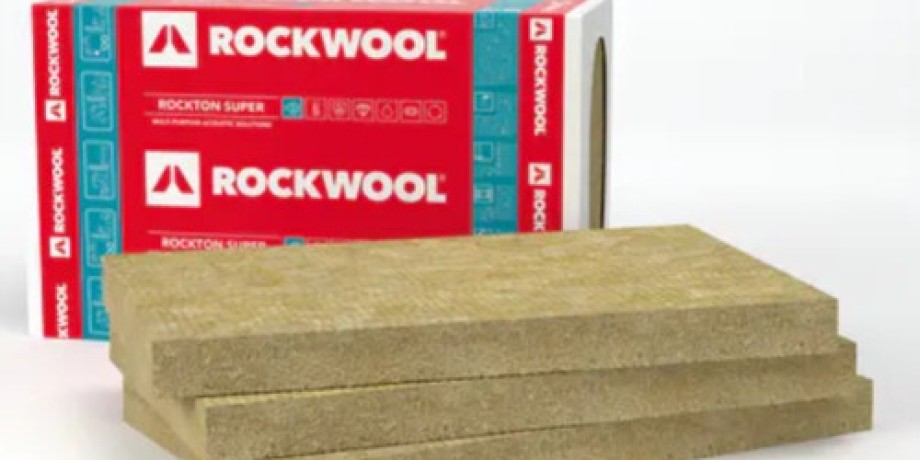
Prepare Yourself for a Night of Peace and Calm
If you are living in an apartment or a multi-storey house, you have probably encountered with some “acoustic” problems such as footsteps on the upper floor, loud music from the next room or construction work taking place nearby. The bad news is that these are all very common problems that are basically impossible to prevent, but the good news is that there is a solution that could help you put the noise under control and have a good night sleep. You have probably read a lot about noise pollution, its sources and means of soundproofing and found it to be more than useful, why we will try to herewith explain all about sound and acoustic insulation, so you can have all the relevant information in one place.
The first thing you will notice is that sound acts differently in different ambient, which depends on many factors including the way it travels through space, how it acts once it reaches and obstacle and finally how it is perceived. You need to understand some basic aspects of sound travel, which include sound transmission (which explains how the sound acts when it reaches an obstacle that will let it pass through to the next room), sound absorption (which explains how certain materials are able to absorb sound waves thus preventing them from reaching the next room), sound reflection and sound diffusion (which explain how certain materials will reflect the sound, meaning the sound waves will simply bounce of the surface and stay at the sound source, with only different paths). Another important aspect is of course acoustic (sound) insulation that presents a number of different measures that are designed to control the noise, by creating a barrier between the interior and exterior or by dividing different areas within one space, such as a building or even smaller units such as rooms within an apartment, for example.
Sound is basically a mechanical vibration, traveling at the speed of around 340 m per second through the air, deriving from different sources, such as speech for example. Sound waves create a level of sound pressure, whereas the lowest level of sound pressure hear by humans is called the hearing threshold and the highest is called the pain threshold. Well, proper sound insulation is there to prevent just that – the level of sound pressure reaching the pain threshold by preventing the sound from moving on to another room (both in line or at different levels) by either reducing it or absorbing it. The popular term soundproofing actually refers to the overall ability of specific insulation material to reduce the level of sound transmission and includes airborne sound and impact sound insulation (airborne sound is transmitted through air while impact sound is transmitted through solid surfaces).
Soundproofing Planning and Room Design
When planning on soundproofing your home, you will need to take into account all potential means of sound transmission. It includes sound transmission from one room to another (room to room insulation), sound transmission within a single space (one way insulation) and sound transmission from an external source. All these potential noise sources will have to be dealt with if you want to create a peaceful environment within your home.
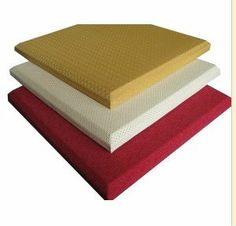
If you are building your home, then it would be smart to consider acoustic insulation in the early phase of construction and plan ahead. Detect the most vulnerable areas within your home and determine how you are going to protect them. You will notice that even the smallest things can go a long way. Try to think like this – an empty space will produce and transmit much more noise, since there will be no obstacles to stop it from traveling across the room or moving from one room to another. On the other hand, not all materials will act in the same way when a sound way reaches them. For example solid surfaces (such as an uninsulated wall) will only reflect the sound or let it pass through to another room. On the other hand some soft items, like a carpet or a pillow will absorb some sound energy and thus reduce it.
Probably the key points within your home that need to be insulated are structural elements such as walls, ceilings and floor insulation. Here, the problem cannot be solved with some easy and simple tricks, but what you need is a proper insulation material that will serve its purpose when it comes to soundproofing.
- If you are planning on adding some sound insulation to your walls, you can choose from some mineral wool slabs such as Knauf Earthwool slabs which are a perfect solution for internal partitions; another option are URSA glass wool rolls which can be used on both timber and metal stud walls; finally if you are looking for a solution for your masonry wall, you can choose British Gypsum Gyproc plasterboard, which offer not only sound, but also thermal insulation.
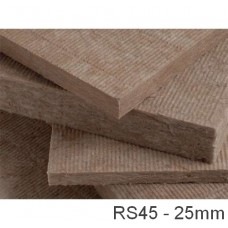
- Another structural element that needs acoustic insulation is your floor. Here, we advise you go for KarmaFloor Acoustic Overlay Chipboard which can be used for both concrete and timber floors; if you are looking for a solution for cushioning vibrations, then the Polyfoam Floorfoam is the right thing for you since it is especially designed to comply with applicable regulations in separating floors.
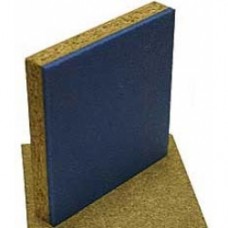
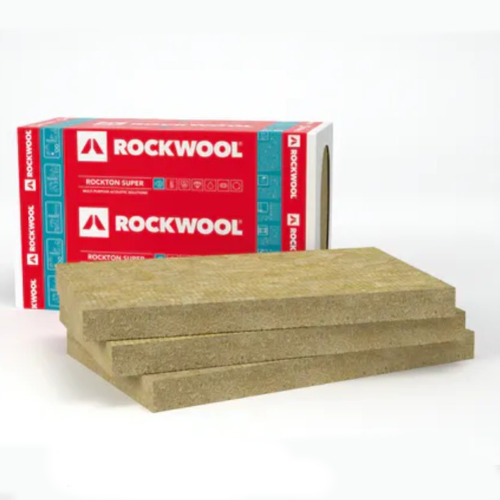
Apart from the above mentioned, another good news is that Insulation Shop offers not only highly efficient sound insulation materials but also all other accessories you might need for achieving a satisfactory overall result, such as insulation strips, support and leveling floor systems, as well as all other necessary metal components.
For more info about acoustic insulation products contact Insulation Shop via email at info@insulationshop.co.




































































































































